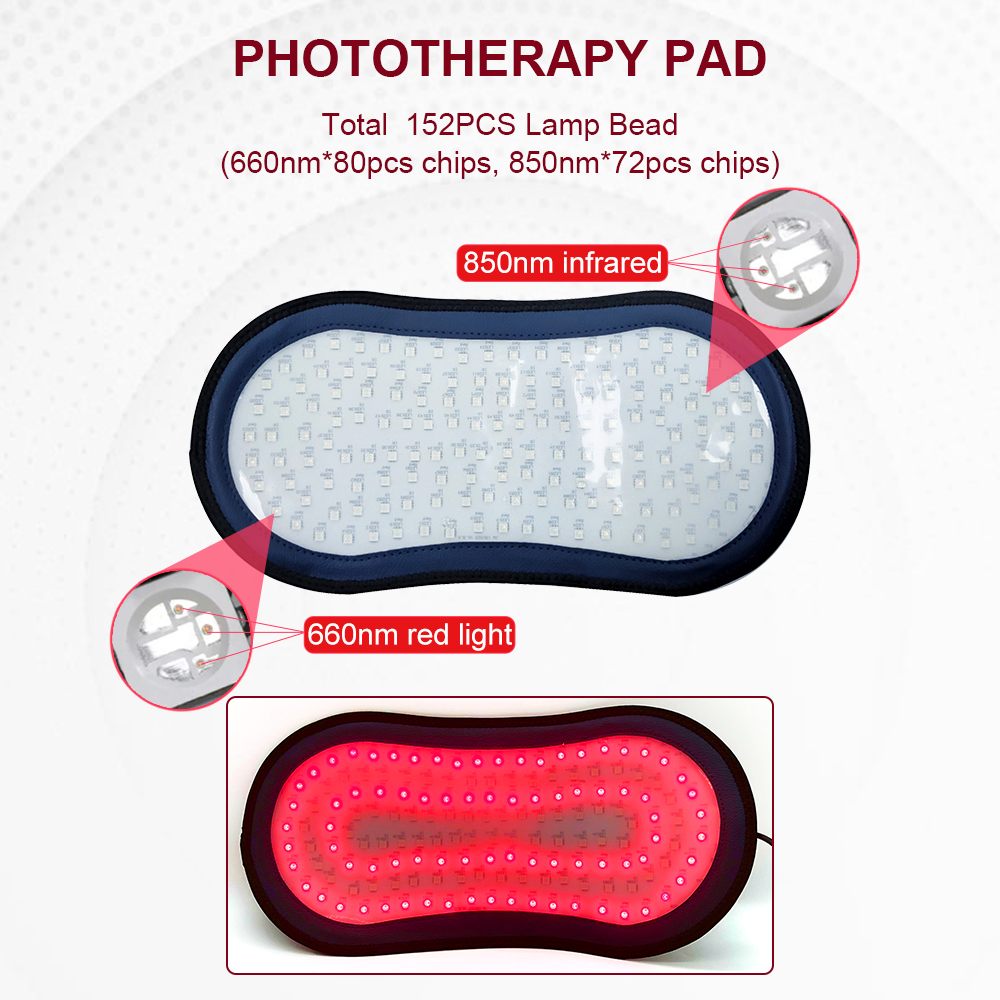The difference in temperature is usually simple, but it is not easy to control the entire chicken feeding process; the temperature difference usually follows several situations:
Spring temperature difference
(1) The characteristics of spring - low humidity, large temperature changes, windy
(2) Feeding management
Increase the humidity in the house (especially in the heating house of a warm air heater) until the chicken can not be relaxed; in the house with a width of 13 meters or less, the ventilation is mainly based on natural ventilation, and the top fan and the side fan are used as appropriate. Control air vents should not be too large, air intake should not be too fast, and at any time according to your outside temperature changes in ventilation.
Summer temperature difference
(1) The characteristics of summer - coexistence of dry heat and moist heat
(2) Feeding management
Mainly to cool down. In the early summer, the air is suddenly hot, and vertical fans can be used to cool down the air. At this stage, it should be noted that although the outside temperature is already high, the air temperature is still relatively cool. Pay attention that the air inlet cannot directly blow the chickens, let alone let the wind pass under the mesh. Blow the chicken belly. As the temperature rises, the humidity gradually increases using the water curtain to reduce the temperature. In the early stages of use, care must be taken to use it slowly to prevent the curtain from entering the air and being too cold (we can adjust the amount of the fan and adjust the small window around the curtain to wet The cool wind of the curtain). After entering the dog days, we must release all cooling equipment, including fans, wet curtains, fog lines and so on.
Temperature difference in autumn
(1) Characteristics of autumn: The temperature difference gradually increases, and early autumn is more watery and windy.
(2) Feeding management
The most difficult to grasp in autumn feeding management is ventilation. In the early autumn, high temperature and high humidity should be mainly cooled, and in the late autumn, it is a process based on insulation. Therefore, the principle of ventilation in the fall is to prefer natural ventilation, followed by ventilation of the top fan, ventilation of the inverted side fan, and then ventilation of the main fan.
(3) Autumn ventilation precautions
1 Natural ventilation is preferred. If the environment is not controlled, mechanical ventilation must be used. It must be slowly opened and gradually increased.
2 The air intake should not be large, keep the breeze constantly.
3 The outside temperature is the first standard for ventilation. Turn off the fan in time.
4 back to ventilation. 5 liters of warm air.
6 In case of cool weather, be sure to warm up in advance and close the vents.
7 Compared with the summer, the concentration of ammonia in the house is more than that in the fall. People suddenly enter the house with a certain degree of taste, but there is a principle that cannot be exceeded. “You can make the nose feel the taste, but it must not make the eyes feel uncomfortable. ".
8 When the longitudinal fan and the side fan are used, the sewage outlet of the sunroof, roof fan and poultry house will become an air inlet, and it is necessary to pay attention to whether the temperature of the chicken in these places is appropriate.
Temperature difference in winter
(1) The characteristics of winter - the weather gradually becomes cold, dry and windy
(2) Feeding management
The most important thing in winter is to test the seal and insulation of the chicken house. Attention should be paid to this stage:
1 The temperature difference creates a wind, and the cool wind coming in from the vents blows the chicken directly.
2 In the late fall and early winter seasons, attention should be paid to seeing whether the walls, roofs, and partitions of chicken coops are formed with water droplets. Wherever water droplets can be formed, cool air will seep into the coops in winter, causing the temperature difference between the houses to increase. Local chickens get cold.
3 In the winter, vents usually use feed bags without inner bags to block the upper part of the sirens to make the simmer into a slow wind, so that the strong wind becomes a breeze, and at the same time, oxygen is provided to the house.
4 Add humidity to the house, especially chickens before 20 days of age.

The energy can flow through the body and interact with damaged cells in many parts of the body operating more like a vitamin that goes where it needs to go. This wavelength is also best for treating the lymph system and acupuncture points. Whereas studies show near-infrared wavelengths in the 850 nm penetrate deeper through skin and bone for relief of chronic pain.
As with red light therapy, near infrared light therapy does not mask the symptoms of pain, it encourages the healing of the actual cause of the pain. Once absorbed, the light energy kicks off a whole series of metabolic events, stimulating the body`s natural processes on a cellular level. There is an increase in blood flow, allowing the parts of the body to receive the oxygen and nutrients they need in order to function more effectively. Regeneration is stimulated. Inflammation and pain are reduced.
In many cases, after a course of treatment with red infrared light, the pain is gone.

red light therapy belt,red light belt,led therapy belt,led red light therapy,waist heating red light belt,portable led waist belt
Shenzhen Guangyang Zhongkang Technology Co., Ltd. , https://www.szlighttherapymachine.com